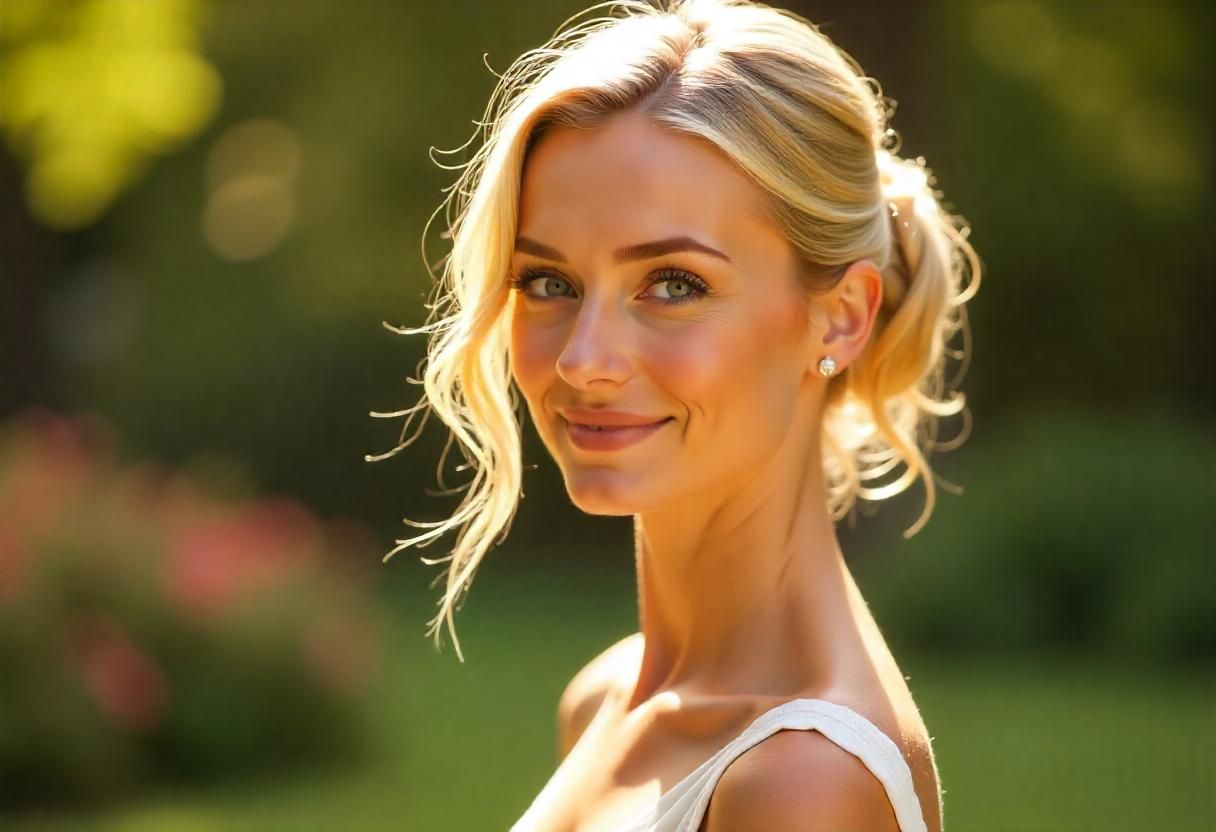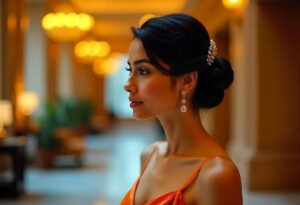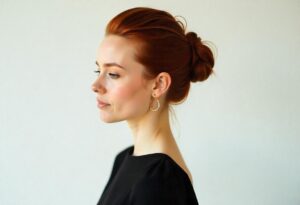
مطالب مرتبط
بیشتر بخوانید

(A comprehensive, easy-to-understand guide with detailed explanations for enthusiasts and trainees)
The world of hairstyling is an endless realm of art, delicacy, and creativity. One of the most important and beloved parts of this art is the chignon—a technique for gathering and shaping hair that has held a special place in various cultures for centuries. Over time, chignon styles have evolved and diversified. Today, they are mainly divided into two primary categories: classic and modern chignons.
In this article, we’ll explore the differences between these two styles in a complete and easy-to-understand way. Whether you’re a professional stylist, a trainee learning the craft, or a customer looking for the right hairstyle, this article is for you.

A chignon refers to various styles of gathering hair, usually done at the nape or the back of the head. These styles can be simple or intricate, formal or casual, voluminous or sleek, glossy or matte. The main goal of a chignon is to arrange hair beautifully and artistically.
The origins of the chignon date back to ancient times, when women in ancient Rome and Greece styled their hair in elegant buns at the back of their heads. In later centuries, chignons became a symbol of royalty and elegance in France and England.

Classic chignons are based on traditional patterns and structured formulas. These hairstyles are known for their precise construction, balanced volume, and symmetry. In this style, there’s less freedom of form, and the focus is on order, symmetry, and timeless elegance.
Unlike classic styles, modern chignons allow much more artistic freedom. The forms are looser, more asymmetrical, and often relaxed or deconstructed. The goal of this style is to create natural, creative, and versatile looks that are aligned with current fashion trends.
| Features | Classic Chignon | Modern Chignon |
|---|---|---|
| Styling Approach | Structured and orderly | Free-form, creative, asymmetrical |
| Volume | High volume with padding and teasing | More natural, often with braids or twists |
| Hair Placement | Mostly centered or low at the back | Can be side, high, or dispersed |
| Accessories | Minimal, traditional | Colorful, trendy, fashionable |
| Occasions | Formal events, traditional weddings | Parties, modern weddings, birthdays |
| Tools & Materials | Traditional tools, padding, firm spray | New tools, braiders, mousse, creative pins |
| Execution Style | Requires high precision and time | Sometimes quicker, but still artistic |
| Target Audience | Those who prefer elegance and order | Younger audience, fashion enthusiasts |
Many women are unsure which style suits them best when they go to a salon. The choice between a classic and modern chignon depends on several factors:

Often, the choice between classic and modern comes down to personal preference. Some people love order and symmetry, while others prefer artistic, relaxed styles. Neither is better or worse—they’re just different and designed for different occasions.
Whether classic or modern, a chignon showcases your beauty, taste, and personality. A classic chignon, with its structured form and elegance, exudes grace and sophistication. On the other hand, a modern chignon is all about freedom, creativity, and staying on trend. Knowing these differences helps both customers make better choices and stylists create more suitable hairstyles.
Whether you seek the royal elegance of a classic chignon or the creative freedom of a modern one, the key is to choose a style that harmonizes with your face, dress, event, and personality.
If you’d like, I can write a follow-up article about step-by-step tutorials for both styles, 2025 trending chignon models, or professional tips for hairstylists. Just let me know!
Do you want this turned into a downloadable PDF or formatted for your website?